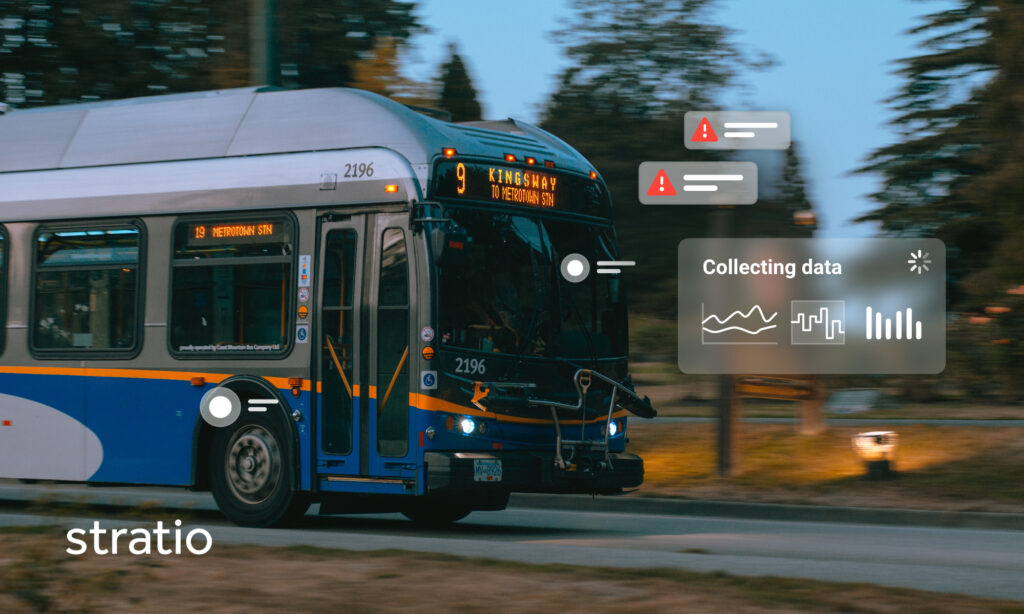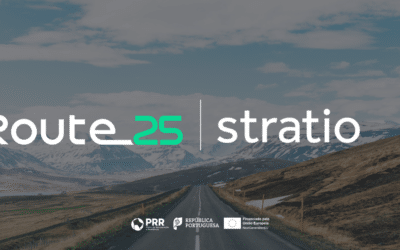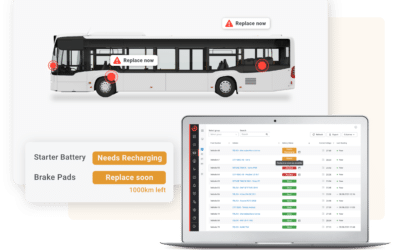Over the years, running a vehicle has become increasingly costly due to many factors. NimbleFins reported, that on average UK car owners spend over £3,000 (US$3,660) annually on their vehicles. This includes rising costs for fuel, parts, and repairs, along with extra charges for parking, tolls, and driving in low-emission zones.
On top of these expenses, urban traffic has become increasingly bad in highly populated urban areas, impacting air quality and the overall livability of cities. While public transport seems like an obvious solution, it hasn’t yet met expectations, leaving cars as the preferred choice for those who can afford them.
Ultimately, this comes down to a matter of reliability. In many respects, the questions that transport providers ask themselves are not so different from those of a car owner: how to extend the life of engines and tyres, how to avoid breakdowns, and how to make journeys more sustainable. In other words, how can they provide a service that passengers can trust at the ‘lowest cost per mile’.
The key to ensuring that a service of excellence and the generation of dividends aren’t mutually exclusive is data. With a data-first strategy, operators can lower the cost per mile while improving the quality of their network.
Leveraging data for Predictive Maintenance
In the last decade, data has become invaluable. Across industries, decision-makers are asking questions about how to get the most out of the data they collect and bus operators are no exception. Data is the key to vehicle reliability and minimizing downtime.
AI platforms, like Stratio, can gather extensive data points on vehicle conditions and convert them into real-time actionable insights. This type of early warning system allows transport companies to predict and proactively deal with potential vehicle breakdowns and, as a result, eliminate the issue of unexpected downtime.
Despite challenges like legacy systems, data silos, and internal resistance, utilising vehicle data helps bus operators optimise maintenance and operations, providing a cost-efficient and reliable service. AI predictive insights can monitor everything from fuel levels to the health of major vehicle components, enabling early intervention before issues arise.
Arriva Czech Republic has been operating with Stratio’s predictive maintenance platform and has recorded, for example, a 13.5% increase in time between failures, a 66% towing reduction due to vehicle breakdown, and total net cost savings of 2% per km over a year. Data is key in both analysing the existing state of play and predicting outcomes, offering huge advantages to operators.
Smarter Route Planning with AI
Many bus routes become sub-optimal as cities develop and the needs of inhabitants change. Achieving lowest-cost-per-mile is not only about optimising current services, but about utilising technologies like AI to support route planning by predicting and providing visual data on how new routes would run in the future.
When introducing new bus routes, companies usually rely on people to analyse limited datasets and gauge how popular a given route might be, what the potential high-traffic areas are, where accidents are most likely to occur, what the problems with refuelling might be at certain points along the way. With AI, this can be automated, making roll-out quicker whilst reducing the number of teething problems experienced once buses hit the road. It also frees up time for fleet managers to spend on bigger tasks, such as initiating the rollout of new electric vehicle (EV) fleets.
AI-powered planning and scheduling improves the quality of transit services and can be integrated with predictive maintenance to create a data-driven ecosystem that covers vehicle safety, servicing, and operations. By addressing these aspects during the planning stage, operators save money long-term and reduce the need for future adjustments. This approach ensures new services operate at the lowest possible cost from the start, allowing for reinvestment in further service improvements.
Greener futures
Public transport has always been the greener travel option, but it hasn’t successfully reduced car ownership. Despite government efforts to cut carbon emissions, car ownership continues to rise, with few alternatives appealing enough to change this trend. The unreliable nature of public transport has led to a generation of travellers lacking trust in operators. spacer height=”15px” id=”2″]
However, as people strive to adopt to a more sustainable lifestyle, and as the costs of car ownership rise, bus operators now have the opportunity to rebuild that trust with consumers. In order to make the world a greener place with cleaner air and more sustainable vehicles, it’s imperative that public transport becomes more attractive to the average person.
There is no mutual exclusivity between bus operators striving to become more internally efficient and delivering a better service to customers. In fact, the latter simply cannot be accomplished without an ongoing commitment from operators to invest in new technologies that free up staff and create new pools of cash that can be reinvested. Going green is non-negotiable for bus operators, with governments already making their intentions clear, so there has never been a better time for delivering reliable services backed by AI-powered analytics. By investing in best-in-class batteries and the right AI platforms, bus operators are cementing the place of public transport in the heart of the smart cities of the future.
Fostering partnerships
In the UK, up to 25% of maintenance issues in bus operations could be prevented or managed more cost-effectively with predictive technology. For some vehicle systems, up to 70% of failures are avoidable with the right tools. Decision makers in public transport are now starting to recognise the importance of integrating historical data, AI, and vehicle health monitoring to avoid unforeseen maintenance issues. Operators are the transport experts, and data scientists are the data experts — so collaboration is more important than ever.
One of Stratio’s partner, Optibus, a company with a leading software platform for planning, operating, and optimising public transportation, was the first company of its kind to start utilising predictive maintenance technology to solve major operational and vehicle maintenance challenges in public transport with artificial intelligence. This is indicative of the new era in public transport.
Conclusion
As the costs of car ownership rise and the push for sustainability grows, public transport operators have a unique opportunity to reinvent themselves. By leveraging AI and data analytics, they can provide reliable, cost-effective, and environmentally friendly services. This approach not only improves operational efficiency but also attracts more passengers, paving the way for a greener and more sustainable future in urban transportation.
- Data-first strategy lowers cost per mile for bus operators - June 19, 2024




